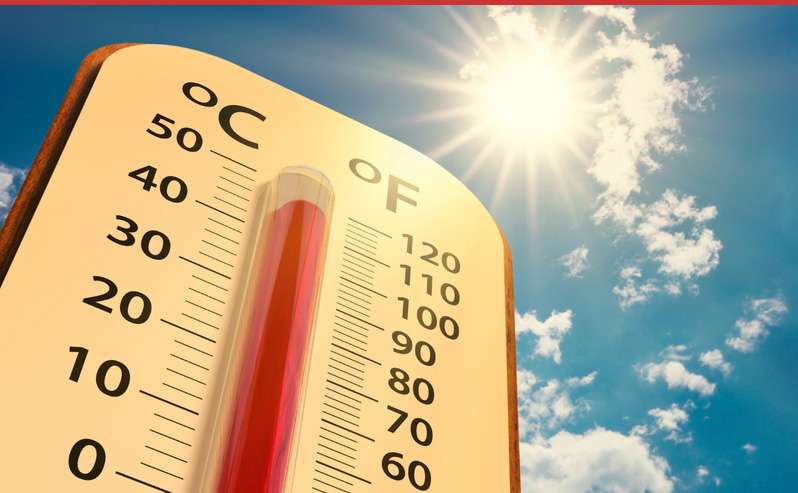
Safely Sizzling: How to Protect People from High Summer Temperatures
Summer temperatures are hitting serious highs. Organizations across the country struggle to protect their employees and staff during the hot season, especially if they work outdoors or in remote locations. Mass notification is an important tool to help keep these workers informed and safe. Here are some tips that will help you and other insights to stay safe during hot weather
Summer temperature and outside work can add up to illness and dangerous conditions for employees. Researchers believe that heat stress is a major risk factor for employee performance, employee health, safety and even employee retention in hot climates. The consequences of extreme hot weather can have a major impact on the way we work, live and maintain wellness. The hotter summers and drier conditions can also force us to make changes to where we live and work to protect our health and safety. Because of these concerns, businesses need to take action now to protect employees from summer’s brutal temperatures at work.
Plan Ahead & Ensure Proper Communication
The first step in managing hot weather at work is to plan and prepare for the challenges before the temperature rises. Talk to employees about how they experience the climate where they work. Conduct a survey to gather data and insights on the issues employees face during extreme weather events. Keep an eye on the forecast and plan ahead with your entire workforce. The weather forecast might change, but you can plan for different levels of discomfort and how to remedy them.
A mass notification system that is able to instantly send severe weather alerts to your employees and staff is crucial. It’s a particularly useful tool when the system incorporates geofencing capabilities so that alerts are sent to those in the affected areas only.
Provide the Right Prevention
Extreme heat can make people feel uncomfortable, tired, irritable and weak. Heat exhaustion can also cause dangerous illness. Higher temperatures, even if not an immediate danger, can lead to poor productivity and performance. Employees should be encouraged to wear light, loose-fitting clothing and be provided sufficient ventilation to reduce heat stress and discomfort. To reduce the effects of excess humidity and heat, make sure work spaces have good ventilation or climate control.
Encourage Employees to Stay Hydrated
During extreme heat and humidity, people need to drink plenty of water. When the body is dehydrated, it can’t efficiently regulate body temperature and, when the body is unable to regulate heat properly, it can lead to dehydration. It’s important to implement a policy that encourages or reminds employees to drink water throughout the day. Provide water coolers, bottles and cups for employees to stay hydrated and healthy during extreme heat. Additionally, you can implement a mass messaging system that alerts employees in hot zones to stay hydrated with automated messages to their desktops and mobile phones.
For Remote Work
In extreme heat, people can experience exhaustion. When people feel tired, they are more likely to become sick. To reduce the risk of employee exhaustion, encourage employees who work remotely or on the road with automated reminders. These can be used to remind employees to stay hydrated, take more frequent breaks or to check in with their supervisor if they feel unwell. Hybrid and remote teams are still able to stay connected through your regular communication platforms which can also be integrated into your mass messaging system thanks to versatile APIs. Additionally, using a mobile app or desktop alerts helps ensure that you’re able to reach your entire team, no matter where they might be.
Your Next Steps
Hot temperatures are potentially dangerous. It’s crucial for your organization to prepare for them and properly communicate weather alerts and other relevant information to staff and workers in hot areas. Regroup Mass Notification is integrated with The National Oceanic and Atmospheric Administration (NOAA) and The National Weather Service (NWS) to be able to provide instant, up-to-date weather information across devices in specific geographic locations, helping you ensure your teams’ safety. Book a demo right now to see Regroup in action and stay cool!
Table of Contents
Categories
- Regroup Product Guides
- Disaster Recovery
- Employee Safety
- Routine Communications
- Mass Notification
- Critical Event Management
- Emergency Preparedness
- Corporate
- Insurance
- Business Continuity
- Business
- Education
- Uncategorized
- Nonprofit
- Healthcare
- Hospitality
- Government & Public Services
- Our Clients
- Awards
- COVID-19
- Safety & Preparedness
- Announcements